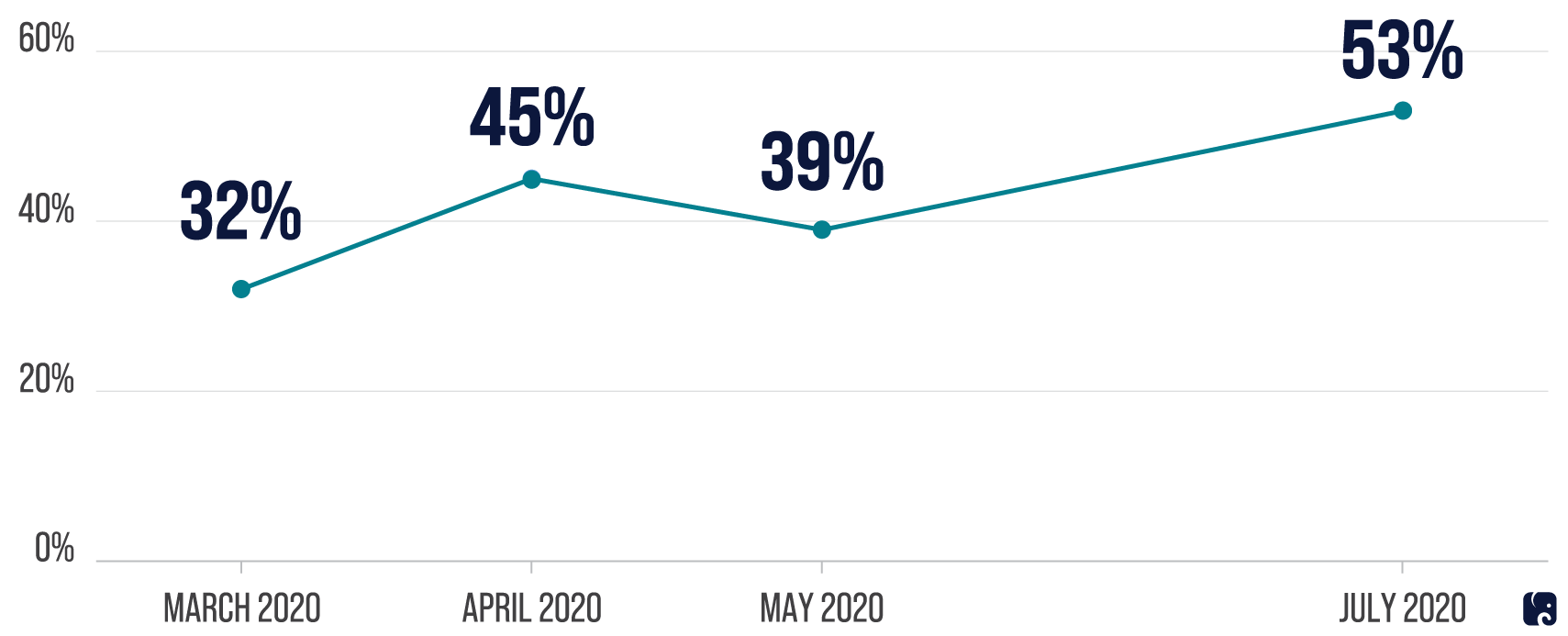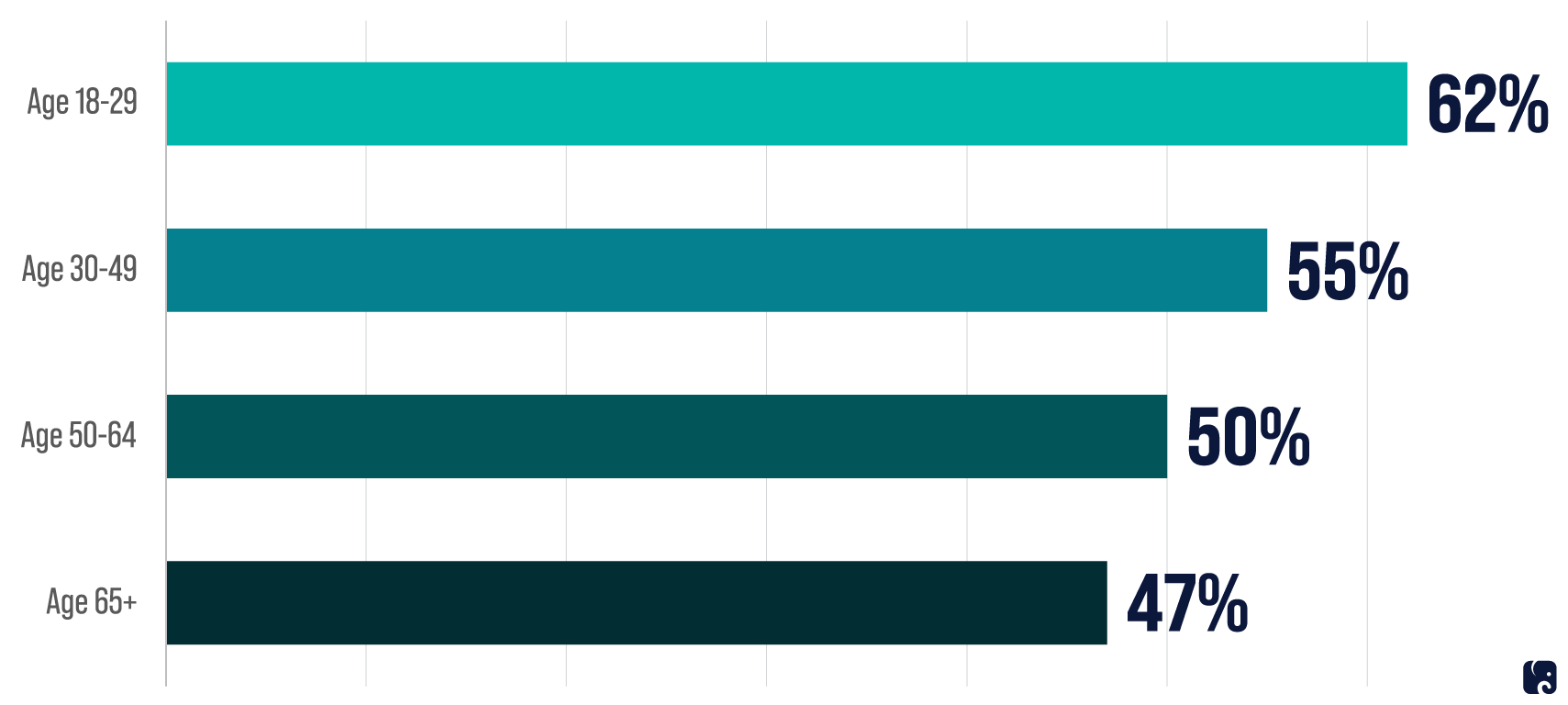Responding to the Coronavirus Mental Health Crisis
KEY TAKEAWAYS
- The COVID-19 pandemic has caused an increase in mental and behavioral health problems, such as anxiety, depression, and substance abuse.
- Congress and the Trump administration have taken steps to help keep patients connected to the health care services they need during the pandemic.
- Telehealth has proven to be an effective way of delivering treatment for people with mental and behavioral health conditions.
The COVID-19 pandemic has given rise to a national crisis in mental and behavioral health, adding to the strain on America’s health care system. The coronavirus and the shutdowns it caused have spurred economic uncertainty, job loss, and social isolation, which are contributing to increased rates of depression, anxiety, and other mental health issues. There were signs of a problem almost immediately in the pandemic. In March, the Substance Abuse and Mental Health Services Administration reported a nearly 900% increase in calls to its crisis hotline from a year earlier. According to a June survey by the Centers for Disease Control and Prevention, approximately 41% of adults in the U.S. said they had at least one symptom of a mental health condition, and 11% said they had seriously considered suicide in the previous month. Younger adults appear to be affected significantly more than older people.
The Trump administration and Congress have provided resources to help patients maintain access to their care providers during the public health emergency. Telehealth access was quickly expanded during the emergency and has shown an ability to serve patients in need of mental and behavioral health care.
Increased strain on mental health
In a survey by the Kaiser Family Foundation in July, 53% of U.S. adults said that the “worry and stress related to the coronavirus has had a negative impact on their mental health.” This was an increase from 39% in Kaiser’s May survey. People’s feelings about their mental health seem to have tracked reports on the general progress of COVID-19. As states began to end their shutdown orders in the spring, and as the outlook for containing the virus improved, so did people’s views about how the pandemic was affecting their mental health. With the pandemic dragging on, new outbreaks, and widespread media reports on the rising number of cases, public attitudes about their own situation appear to have suffered.
Coronavirus Stress Is Affecting Mental Health of More Adults

The Kaiser survey found that different groups reported they were feeling the effects differently. Black respondents were more likely to say they had felt a negative effect on their mental health, 68% compared to 51% of white people queried. As in the CDC’s survey, younger adults were more likely than older adults to report adverse effects on their mental health. Some people also reported that they have lost sleep and had difficulty controlling their temper, and 12% said coronavirus-related stress has led to increased alcohol or drug use.
Reported Mental Health Impact by Age

using telehealth for Mental Health care
Congress and the Trump administration have recognized the importance of addressing Americans’ mental health during the pandemic. The Coronavirus Aid, Relief, and Economic Security Act allowed the Centers for Medicare and Medicaid Services to further deregulate telehealth and expand its reach. CMS has temporarily added more types of providers and services, including mental health therapy, to its list of approved care for telehealth reimbursement for Medicare beneficiaries.
The Department of Health and Human Services released a temporary rule change expanding which software services can be used for telehealth without fear of penalty under the Health Insurance Portability and Accountability Act. Platforms such as Skype and Apple FaceTime have been allowed during the emergency. CMS has allowed telephone visits, including psychotherapy and behavioral health services, to be reimbursed during the public health emergency. Previously, patients could only receive therapy through telehealth using videoconferencing, which limited the option for patients without a reliable internet connection.
On August 3, President Trump issued an executive order calling on HHS to examine the temporary telehealth flexibilities and identify which changes can remain in place beyond the emergency. The department says telehealth visits have continued to be used even after doctors began seeing patients in person for primary care and other non-essential services.
States also have taken steps to expand patient access to teletherapy services during the pandemic. Ohio, Colorado, and other states temporarily have allowed out-of-state providers to offer care. Some universities have said these state actions, and proposed federal legislation, to provide reciprocity for out-of-state providers are important to students who experience mental health problems while attending school in a different state. With young people reporting greater anxiety about the virus, in addition to other stress related to going back to school, the ability to offer counseling and other services remotely could be a big help for students.
Next Article Previous Article
